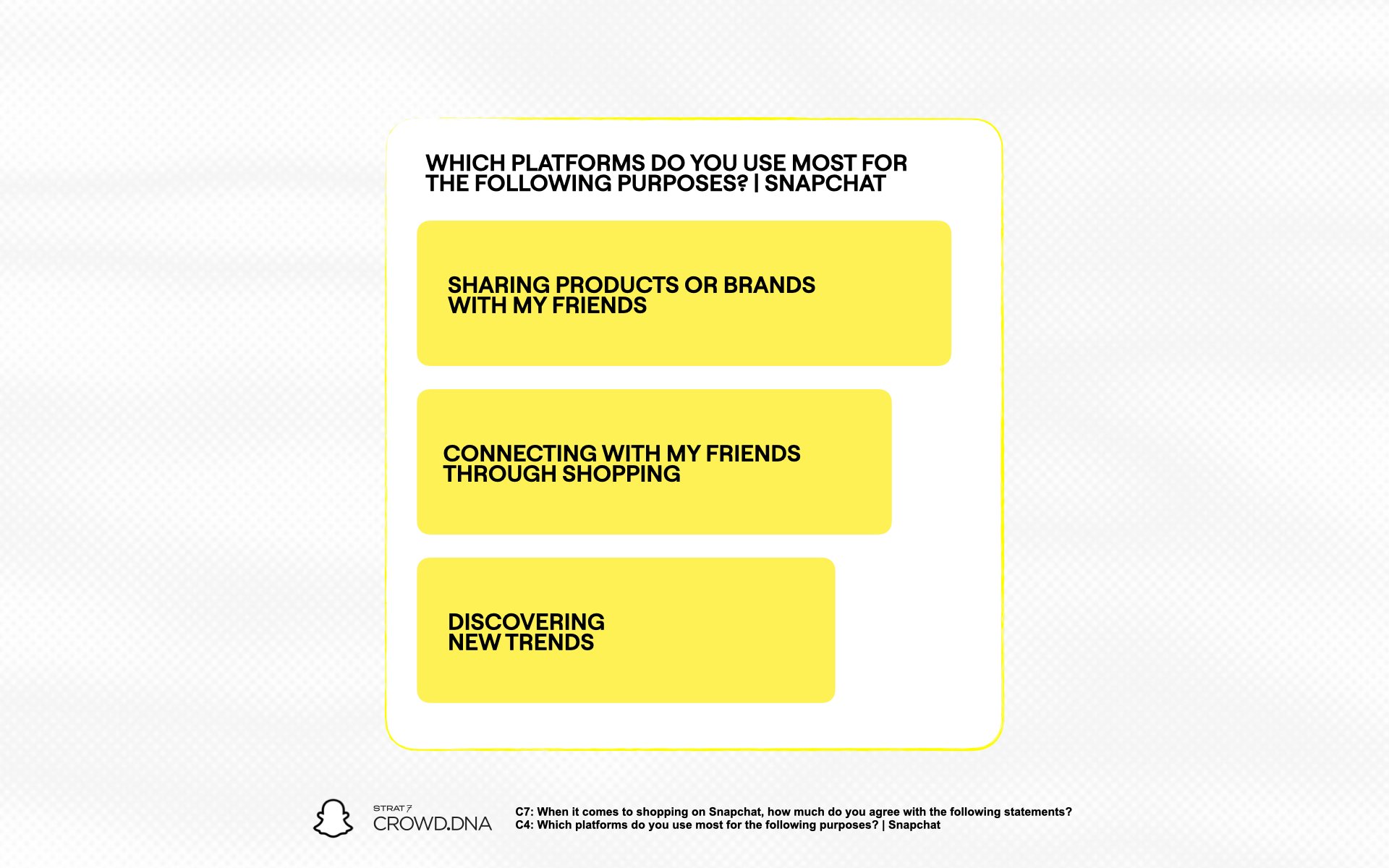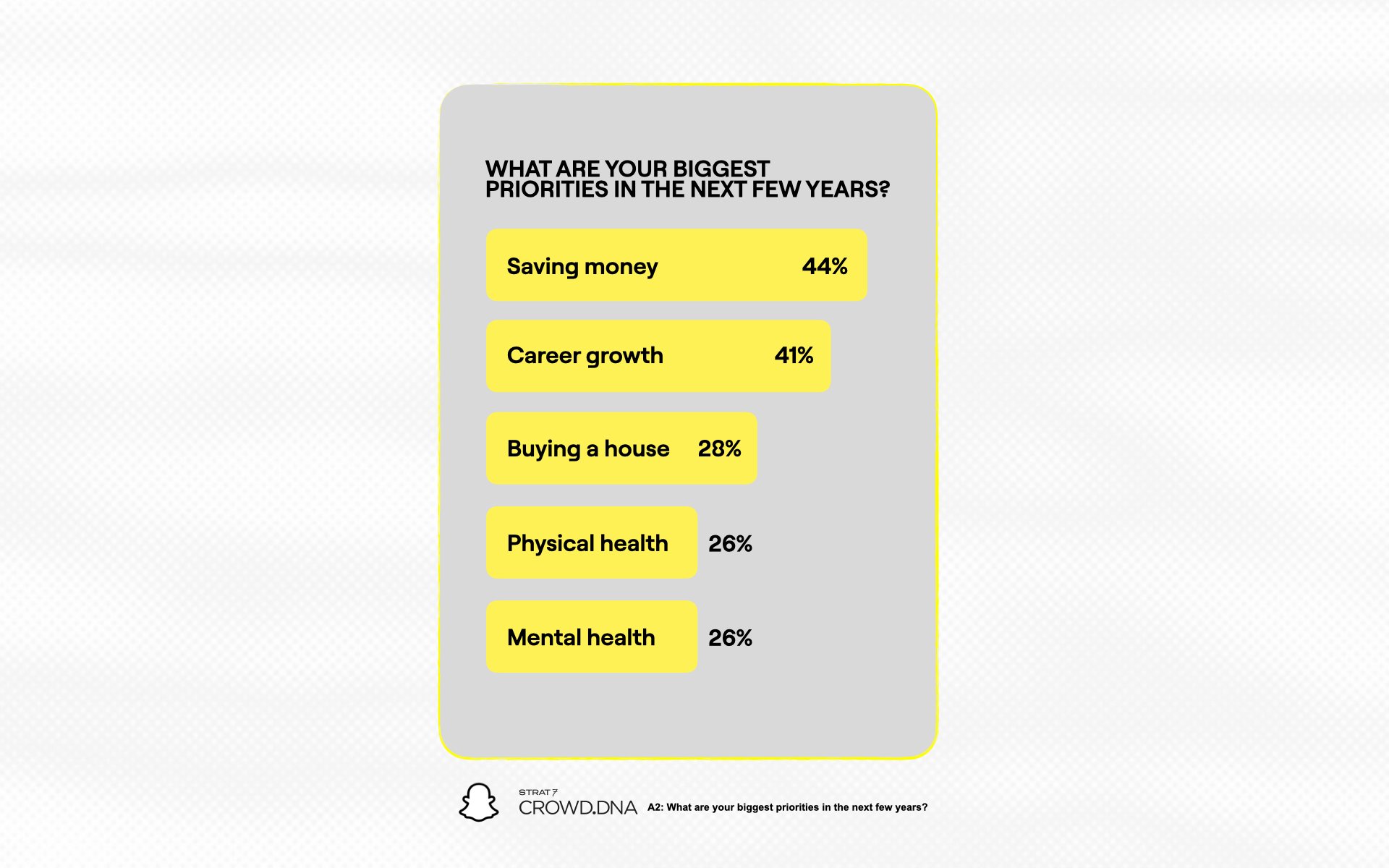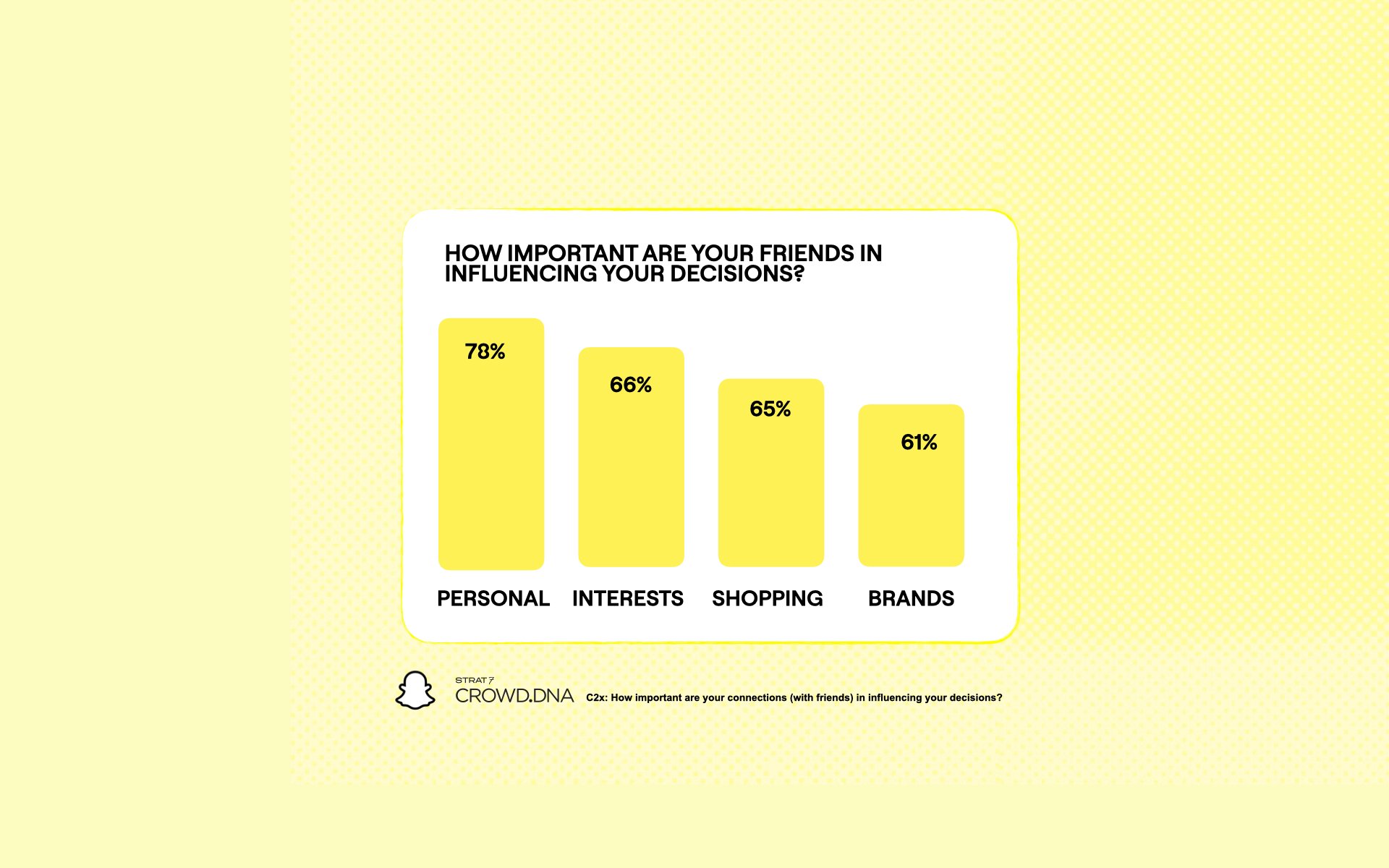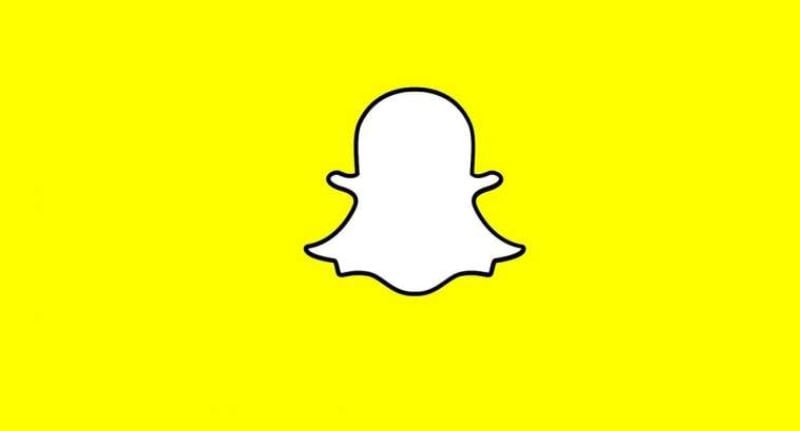Here’s a fun fact: Snapchat users check their phones on average 40 times a day.
While that might seem like a lot, it is, according to the tech giant’s managing director Ryan Ferguson, important to understand the why behind the behaviour.
“Our users are not coming to the app 40 times a day to doom scroll. They’re not looking for an endless feed of algorithmic content. They’re actually there to connect and create fun and engaging messaging with their closest friends and family,” he said.
That nugget of data was just one piece of the puzzle revealed in a new study from Snapchat, which focused on Gen Z behaviour.
Conducted in partnership with Crowd DNA, the research surveyed more than 3,000 young Australians and uncovered a clear shift in mindset as Gen Z enters 2025.
Ferguson says he predicts the data will be invaluable to agencies saying: “Gen Z is one of the most important audiences for marketers, because they are the customer growth story of today, and the profit story of the future”.
He added that given “users are opening our app more than 40 times a day” the app presents “a huge and phenomenal level of engagement” which he says is “very exciting for advertisers and brands alike”.

A generation recharged
In 2025, the leading emotions among Gen Z are gratitude, optimism and motivation, with 46% of respondents reporting gratitude as a prevailing emotion, followed by 42% citing optimism and 39% identifying with motivation.
This marks a significant turnaround from 2024, when eight in 10 young people (80%) said they felt negative about the world around them.
Achieving personal milestones (44%) now brings Gen Z the greatest sense of joy, as they define success on their own terms.
When asked about their biggest life priorities, Gen Z placed saving money (44%), career growth (41%) and buying a house (28%) in their top three, distinct from Millennials, who are more likely to prioritise their physical and mental health.

Spending smart and seeking value
Gen Z’s financial acumen is evident in their spending habits, with 74% preferring to allocate funds towards small, everyday experiences like food, drinks, and outings, rather than large-scale events or holidays.
They also demonstrate a keen interest in “affordable luxury,” with 55% actively seeking high-quality products at accessible price points, and 61% opting for “good dupes” over the “real thing.”
Despite their focus on personal goals, a significant 65% of Gen Z members report feeling lonelier than any other generation, highlighting their yearning for genuine connections. This desire for authenticity is further underscored by the fact that 78% perceive the world as “fake” and are actively seeking real interactions.
Moreover, 80% of Gen Z feel most like themselves when connected to their friends, and nearly 70% prefer to express themselves online within the confines of their close friend circles.
When asked about preferred digital spaces for connection, Snapchat emerged as the top choice, deemed the most authentic platform, while others are perceived as spaces for “posting perfect, polished content” or “killing time or boredom.”
While Gen Z is known for being digitally fluent, 65% of those surveyed reported feeling their generation is lonelier than any before. There is also a strong desire for meaningful connection, with 78% saying the world feels increasingly fake and they’re craving something real.
Friend-powered influence
The data also confirms that peer influence is a powerful driver of Gen Z behaviour. Seventy percent said their friends are critical in shaping both personal decisions and shopping choices.
Authentic connections are central to purchasing habits, with 64% of Gen Z saying seeing products on friends and creators makes them want to buy, and 51% saying shopping with friends is their favourite way to connect.

Snapchat’s role in commerce
Snapchat is also reshaping how Gen Z engages with retail. Half of all respondents said they are more likely to shop from brands using interactive ads and in-app store features, while 49% prefer virtual stores to traditional brick-and-mortar options.
The platform facilitates shared retail experiences, with 45% of respondents planning shopping trips or sharing product recommendations via Stories or Snaps. One in three (32%) use Snapchat to co-create fun, collaborative shopping experiences with friends.
Augmented reality (AR) is emerging as another key influence on purchasing decisions. Thirty-nine percent of Gen Z respondents are more likely to purchase products they can virtually try on.
